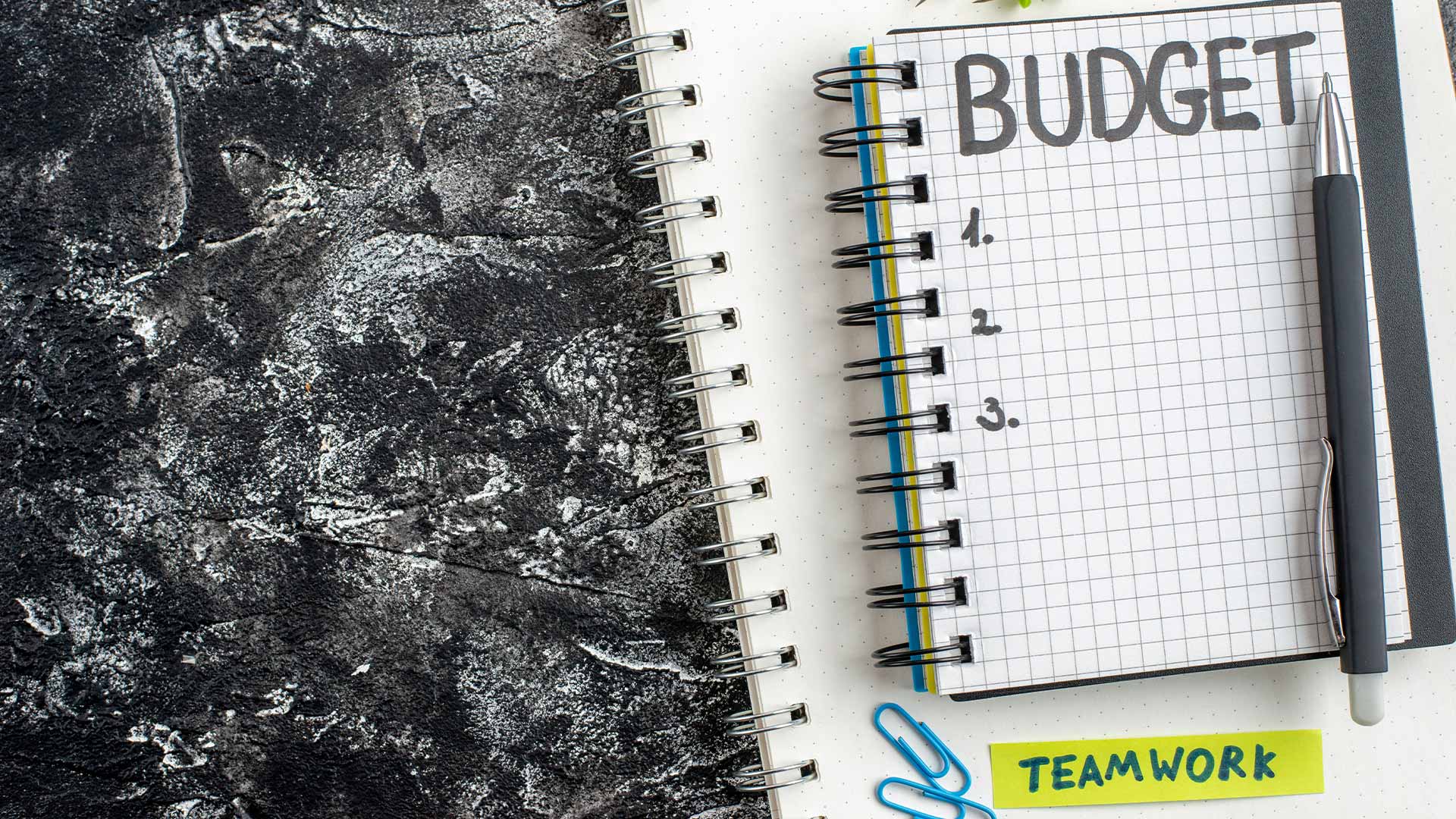Budgeting often gets a bad rap. To some, it feels like a list of rules designed to kill spontaneity and joy. But what if budgeting didn’t have to feel like punishment? What if, instead of focusing on strict rules, you built flexible rituals that support your financial goals while still letting you live your life?
That’s the difference between rules and rituals. Rules are rigid. Rituals are intentional. Rules say “don’t,” while rituals say “here’s how I choose to.” And when it comes to money, choosing rituals over rules can make all the difference.
Here’s how to shift your mindset--and your habits--to budget without feeling boxed in.
What’s the Problem With Rules?
Rules tend to be all-or-nothing. Spend no more than $100 on groceries. Never eat out. Save 20% of every paycheck. These can sound motivating, but when life throws a curveball, it’s easy to feel like you’ve failed.
And once that “failure” feeling sets in, many people abandon their whole budget altogether.
Strict rules often don’t leave room for fluctuations in energy, income, or real life. They don’t account for what happens when your car needs new tires and it’s your best friend’s birthday in the same week.
Rituals, on the other hand, are about consistency--not perfection.
What Are Budgeting Rituals?
Budgeting rituals are repeated behaviors that support your money goals without depending on rigid restrictions. They’re flexible, realistic, and tied to how you naturally live your life.
Some examples include:
- Doing a 5-minute money check-in every morning
- Reviewing your grocery spending every Sunday night
- Moving leftover money from one category to savings every Friday
- Checking your bank app before making a non-essential purchase
These rituals keep you engaged and aware, without putting you on a leash.
Ritual: Weekly Reset
Instead of: Sticking to one monthly budget no matter what
Once a week, take 10 minutes to review what you spent, what’s coming up, and where you can make small adjustments. Life changes fast. A weekly reset keeps your budget aligned with reality and gives you the flexibility to adapt.
This helps you course-correct gently, instead of crashing into overspending by the end of the month.
Ritual: Category Curiosity
Instead of: Cutting all “fun” spending
Pick one category each month--maybe dining out or subscriptions--and look at it with curiosity. What patterns show up? Was the spending worth it? Any surprises?
You’re not slashing the budget here. You’re simply noticing. That awareness alone can shift your behavior without you having to impose hard limits.
Ritual: The “Pause & Breathe” Purchase Rule
Instead of: No-spend mandates
Instead of forbidding yourself from spending, create a ritual where you pause for one full minute before making any non-essential purchase. Take a breath. Ask: Do I need this? Will I still want this tomorrow?
This mini ritual builds mindfulness into your money decisions--without banning joy.
Ritual: The Sunday Sweep
Instead of: Tracking every penny every day
Each Sunday, spend 15 minutes checking in on your categories, updating your tracker or app, and adjusting anything that looks off. It’s less overwhelming than daily tracking and more consistent than monthly reviews.
It also turns budgeting into a regular rhythm instead of a once-in-a-while project.
Ritual: Celebrate Tiny Wins
Instead of: Waiting for big milestones to feel accomplished
Did you cancel a subscription? Avoid a late fee? Pack lunch instead of eating out? Celebrate that.
Small wins matter, especially when they’re part of a larger rhythm. Keeping your eyes on daily success builds long-term motivation.
Rituals Are Personal
The best rituals match your lifestyle and personality. Night owls might prefer evening check-ins. Parents might budget during school drop-off downtime. Some people love spreadsheets. Others just want a quick glance at an app.
There’s no one way to do it right. The point is to build rituals that fit into your real life--not an idealized version of it.
Why Rituals Create More Success
- They’re repeatable. You can do them even when you’re tired or busy.
- They build trust. You start to believe in your ability to follow through.
- They reduce shame. Missed a ritual? No big deal--just show up next time.
- They create flow. Like brushing your teeth, they become part of your routine.
You’re not making money decisions in a panic anymore. You’re working with a structure that supports--not controls--you.
How to Start a Budget Ritual System
1. Choose 2-3 anchor rituals to start. Keep them short and simple. 2. Put them on your calendar. Treat them like meetings with your money. 3. Track the streak. Use a habit tracker or app to stay consistent. 4. Adjust as you go. Rituals should evolve as your life and needs change.
You’re not failing if things get messy. You’re just building something that can bend without breaking.
---
Budgeting doesn’t have to feel like being grounded. When you replace rules with rituals, you give yourself space to breathe--and succeed. You stay connected to your goals without feeling caged by them. And that’s the kind of system that actually lasts.



